Home>Gardening & Outdoor>Landscaping Ideas>What To Do About Dead Grass Patches
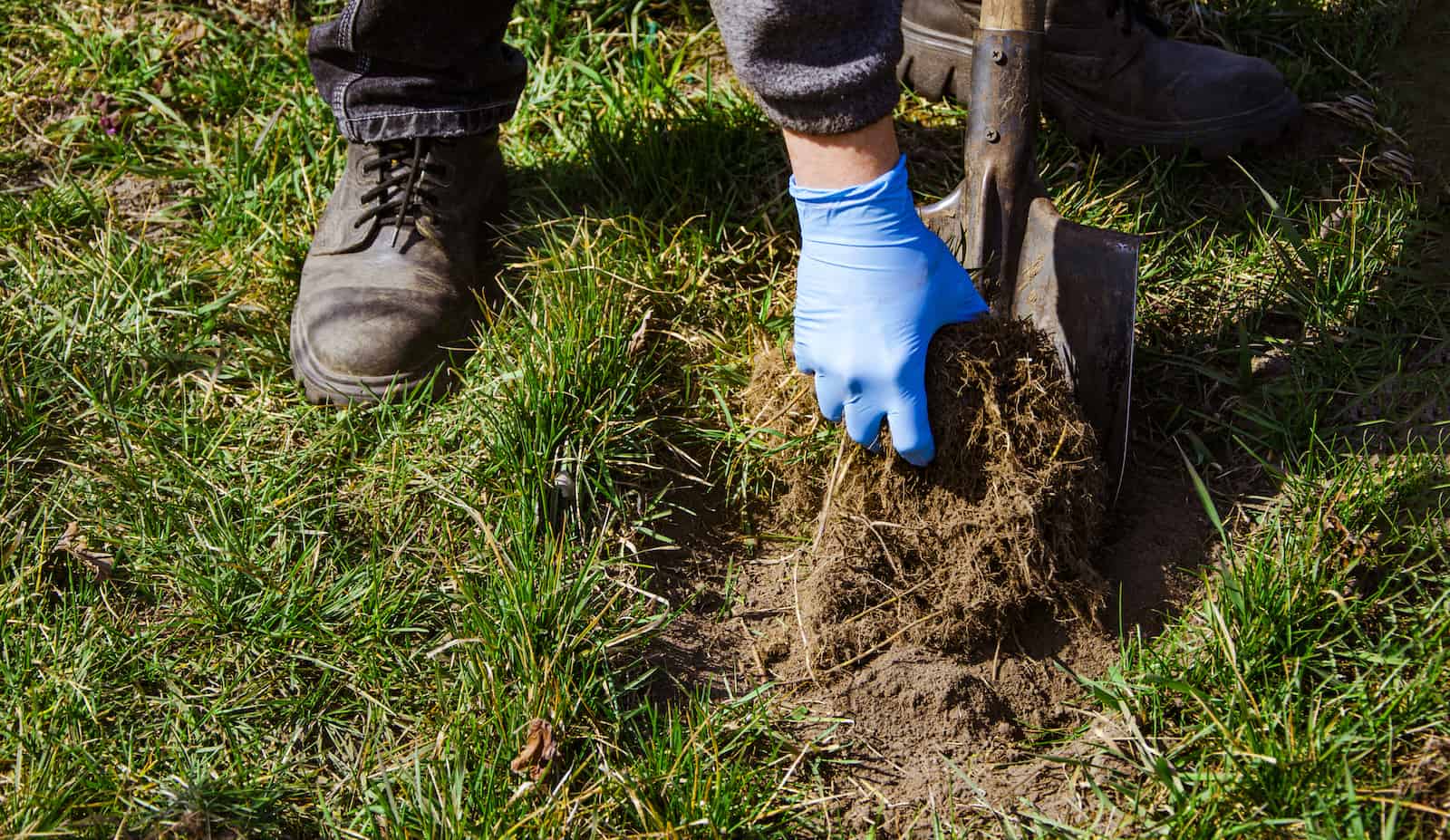

Landscaping Ideas
What To Do About Dead Grass Patches
Modified: February 25, 2024
Discover effective landscaping ideas to revive dead grass patches and transform your lawn. Get expert tips and solutions to tackle the problem head-on.
(Many of the links in this article redirect to a specific reviewed product. Your purchase of these products through affiliate links helps to generate commission for Storables.com, at no extra cost. Learn more)
Introduction
Hey there, fellow garden enthusiasts! If you're reading this, chances are you've encountered the all-too-common conundrum of dead grass patches in your lawn. Don't fret; you're not alone in this green struggle. Dead grass patches can be a real eyesore, disrupting the lush expanse of your lawn and leaving you scratching your head in bewilderment. But fear not, for I'm here to guide you through the process of identifying the cause of these pesky patches and reviving your lawn to its former glory.
Whether it's due to pet activity, lawn diseases, compacted soil, or other factors, dead grass patches can be a source of frustration for many homeowners. But worry not, as we'll delve into the root causes of these patches and equip you with the knowledge to tackle them head-on. From identifying the underlying issues to implementing effective revival strategies and preventive measures, this guide will empower you to transform those barren patches into vibrant, thriving greenery.
So, grab your gardening gloves and let's embark on a journey to rejuvenate your lawn and bid farewell to those unsightly dead grass patches. With a bit of know-how and a touch of elbow grease, you'll soon be reveling in the beauty of a luscious, rejuvenated lawn.
Key Takeaways:
- Identify the cause of dead grass patches, such as pet urine, lawn diseases, compacted soil, or watering issues, to effectively revive your lawn and prevent future occurrences.
- Revive dead grass patches by raking, aerating the soil, overseeding, fertilizing, and maintaining proper watering. Prevent future patches by caring for pets, maintaining the lawn, testing soil, and preventing diseases.
Read more: What To Do With Dead Patches Of Grass
Identifying the Cause of Dead Grass Patches
Before diving into the revitalization process, it’s crucial to play detective and uncover the root causes of those unsightly dead grass patches. Understanding the underlying factors contributing to the demise of your grass is the first step toward implementing effective solutions.
One common culprit behind dead grass patches is pet urine. The nitrogen in pet urine can scorch the grass, leaving behind barren patches. Identifying areas frequented by pets can help pinpoint the source of the problem, allowing for targeted treatment and preventive measures.
Lawn diseases, such as fungal infections or mold, can also wreak havoc on your grass, leading to discolored and lifeless patches. Keep an eye out for signs of disease, such as unusual discoloration or texture, and take prompt action to address these issues.
Compacted soil is another potential cause of dead grass patches. When the soil becomes compacted, it restricts the movement of air, water, and nutrients to the grass roots, hindering their growth and vitality. By assessing the soil’s condition, you can determine whether compaction is contributing to the problem.
Furthermore, inadequate watering or overwatering can lead to the demise of your grass. Insufficient hydration can leave the grass parched and wilted, while excessive watering can suffocate the roots and create an environment conducive to disease and decay. Evaluating your watering practices is essential in identifying potential causes of dead grass patches.
Lastly, environmental factors such as excessive shade, poor drainage, or soil pH imbalance can also play a role in the decline of your grass. By considering these various factors and conducting a thorough assessment of your lawn, you can unravel the mystery behind the dead grass patches and pave the way for targeted solutions.
By honing in on the specific factors contributing to the demise of your grass, you can tailor your approach to effectively revive your lawn and prevent future recurrences of dead grass patches. Armed with this insight, you’re ready to embark on the journey toward a revitalized and resilient lawn.
Steps to Revive Dead Grass Patches
Now that we’ve sleuthed out the potential causes of those pesky dead grass patches, it’s time to roll up our sleeves and breathe new life into your lawn. Reviving dead grass patches requires a strategic approach encompassing targeted treatments and nurturing practices. Here’s a step-by-step guide to help you resurrect those barren patches and restore your lawn to its former verdant glory.
1. Thorough Raking and Debris Removal
Begin the revival process by gently raking the affected areas to remove any debris, thatch, or dead grass. This step helps aerate the soil and prepares the ground for the subsequent treatments.
2. Soil Aeration
Compacted soil can impede the growth of new grass. Use a garden fork or aeration tool to perforate the soil, allowing for better air circulation, water absorption, and nutrient uptake. This step is particularly crucial for addressing compaction issues.
Read more: How To Treat Dead Grass Patches
3. Overseeding
Introduce new grass seeds to the barren patches to facilitate regrowth. Choose high-quality grass seeds suitable for your specific climate and soil conditions, and apply them evenly to the prepared areas. Lightly rake the soil to ensure good seed-to-soil contact.
4. Fertilization
Apply a balanced fertilizer to provide essential nutrients that promote grass growth and vitality. Opt for a fertilizer specifically formulated for repairing damaged lawns, and follow the application instructions to avoid over-fertilization.
5. Adequate Watering
Consistent and adequate watering is crucial for nurturing the newly seeded areas. Keep the soil moist, but not waterlogged, to support germination and establish healthy root systems. Monitor the moisture levels and adjust your watering schedule as needed.
6. Monitoring and Maintenance
Keep a close eye on the revived areas, monitoring the progress of the new grass growth. Regular maintenance, including mowing at the appropriate height and addressing any emerging issues promptly, is essential for fostering a thriving lawn.
By following these steps with care and attention, you can breathe new life into those once-barren patches, fostering the resurgence of vibrant, resilient grass. With patience and perseverance, your lawn will undergo a remarkable transformation, reclaiming its lush and inviting allure.
Read more: How To Fill In Dead Patches Of Grass
Preventing Dead Grass Patches in the Future
While reviving dead grass patches is undoubtedly a gratifying endeavor, preventing their recurrence is equally important for maintaining a healthy and vibrant lawn. By implementing proactive measures and adhering to best practices, you can safeguard your lawn against the emergence of unsightly barren patches. Here are some effective strategies to prevent dead grass patches and promote the long-term vitality of your lawn.
1. Proper Pet Care
If pet urine is a contributing factor to dead grass patches, consider training your pets to use designated areas or promptly diluting urine spots with water to mitigate their impact on the grass. Regularly watering the affected areas can also help dilute the concentrated nitrogen and minimize its detrimental effects.
2. Lawn Maintenance
Adopt a consistent and attentive lawn maintenance routine, including regular mowing, proper watering, and adequate fertilization. By nurturing a robust and well-maintained lawn, you can fortify its resilience against potential stressors and minimize the likelihood of dead grass patches.
3. Soil Testing and Amendment
Periodically assess the condition of your soil through testing, and amend it as needed to optimize its composition and pH levels. Well-balanced soil provides an optimal environment for healthy grass growth, reducing the susceptibility to nutrient deficiencies and other soil-related issues.
Read more: What To Do About Burnt Grass
4. Proper Watering Practices
Ensure that your lawn receives sufficient but not excessive water, promoting deep root growth and overall grass health. Consider using a sprinkler system with adjustable settings to deliver consistent moisture and prevent waterlogged or parched areas.
5. Disease Prevention
Implement preventive measures to ward off lawn diseases, such as proper ventilation, avoiding over-fertilization, and promptly addressing signs of disease or fungal growth. Additionally, choosing disease-resistant grass varieties can bolster your lawn’s natural defenses.
6. Regular Soil Aeration
Incorporate regular soil aeration into your lawn care regimen to combat soil compaction and promote optimal root development. This practice enhances the soil’s capacity to support healthy grass growth and resilience against stressors.
By integrating these preventive strategies into your lawn care routine, you can proactively shield your lawn from the recurrence of dead grass patches, fostering a lush and enduring expanse of greenery. With attentive care and a proactive approach, you’ll enjoy a thriving and resilient lawn that enhances the beauty of your outdoor space.
Conclusion
Congratulations on embarking on the journey to revive and safeguard your lawn from the scourge of dead grass patches! By unraveling the underlying causes, implementing targeted revival strategies, and embracing preventive measures, you’ve taken a proactive stance in nurturing a lush and resilient lawn. As you bid farewell to those barren patches and welcome the resurgence of vibrant greenery, it’s essential to reflect on the transformative steps you’ve embraced and the enduring impact they’ll have on your outdoor oasis.
Through the process of identifying the root causes of dead grass patches, you’ve gained valuable insights into the intricate dynamics that shape the health of your lawn. Whether it’s addressing pet-related issues, combating soil compaction, or mitigating environmental stressors, your discerning approach has empowered you to take decisive action in revitalizing your lawn.
As you’ve delved into the steps to revive dead grass patches, from meticulous soil aeration to nurturing new growth through overseeding and fertilization, you’ve demonstrated a steadfast commitment to fostering the regrowth and vitality of your lawn. Your dedication to the nurturing process, coupled with patience and attentiveness, will undoubtedly yield a bountiful and rejuvenated landscape.
Looking ahead, the preventive measures you’ve embraced will serve as a bulwark against the resurgence of dead grass patches, safeguarding your lawn’s enduring beauty and vitality. By prioritizing proper pet care, diligent lawn maintenance, and proactive soil and disease management, you’ve laid the groundwork for a resilient and thriving lawn that will captivate and inspire.
As you continue to tend to your lawn with care and dedication, remember that the journey toward a vibrant and enduring expanse of greenery is a continuous and rewarding endeavor. Your commitment to the well-being of your lawn will yield not only a visually stunning outdoor space but also a sanctuary for relaxation, recreation, and connection with nature.
So, as you revel in the rejuvenated splendor of your lawn, take pride in the transformative journey you’ve undertaken and the enduring beauty you’ve cultivated. Your lawn stands as a testament to your unwavering dedication and the remarkable potential for renewal that lies within your green thumb. Here’s to a future graced by the verdant allure of a thriving and resilient lawn!
Frequently Asked Questions about What To Do About Dead Grass Patches
Was this page helpful?
At Storables.com, we guarantee accurate and reliable information. Our content, validated by Expert Board Contributors, is crafted following stringent Editorial Policies. We're committed to providing you with well-researched, expert-backed insights for all your informational needs.
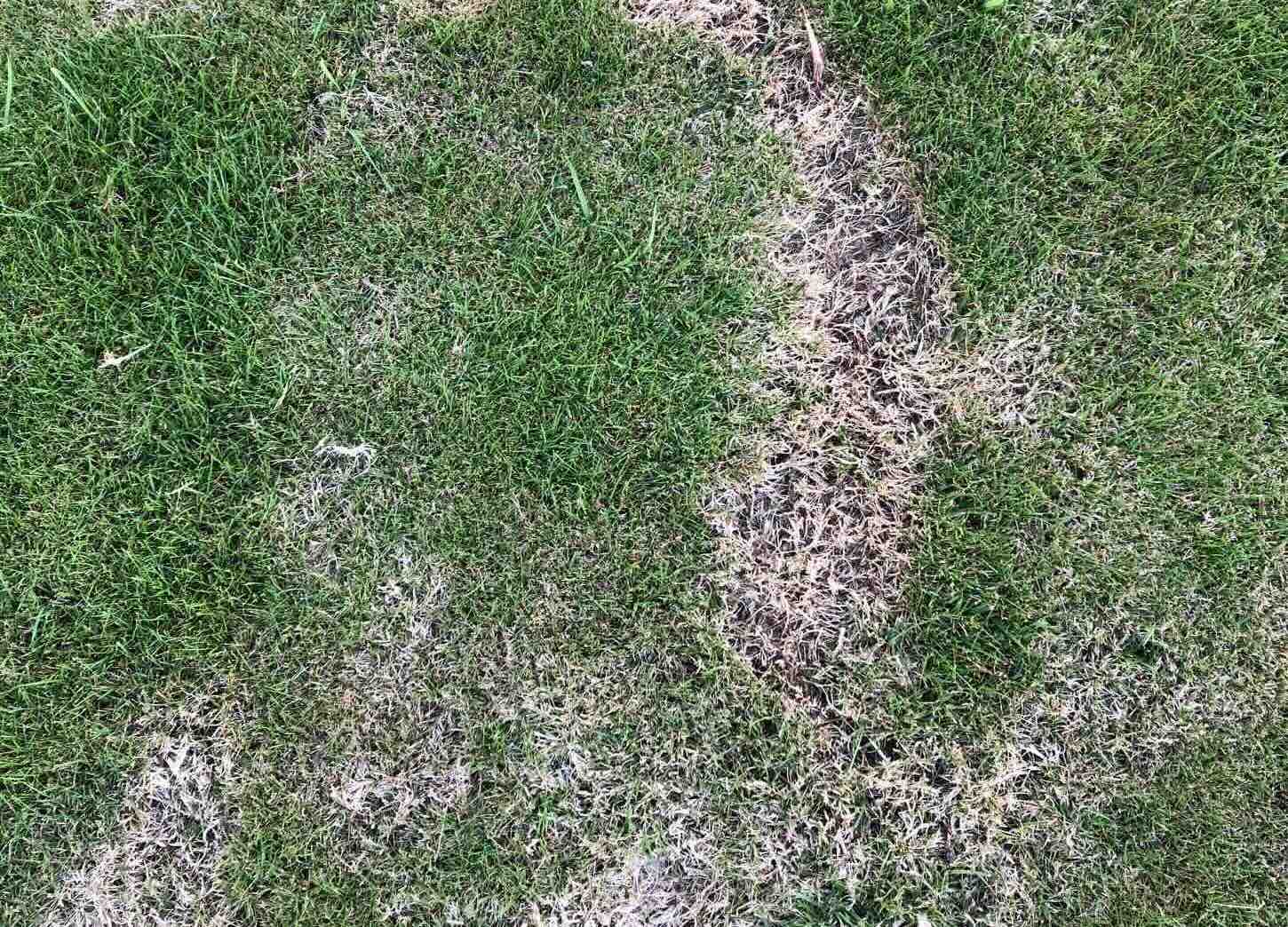
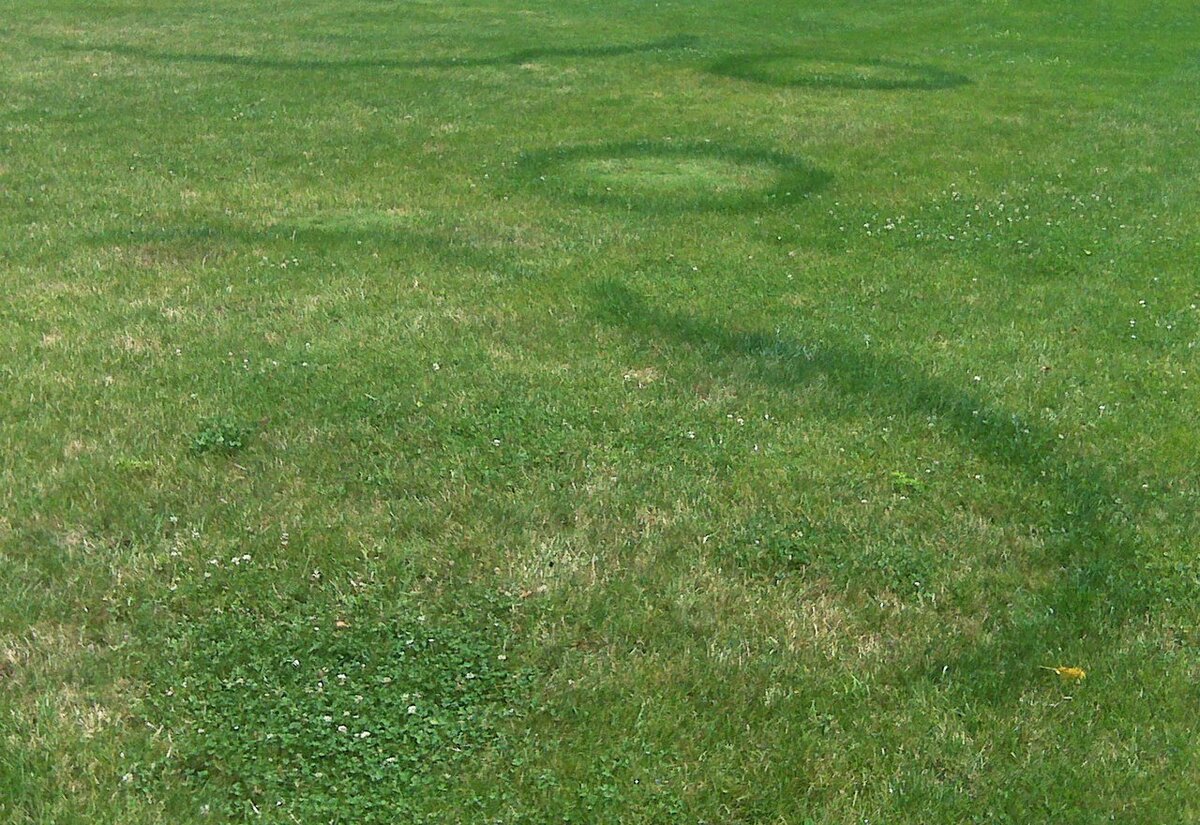
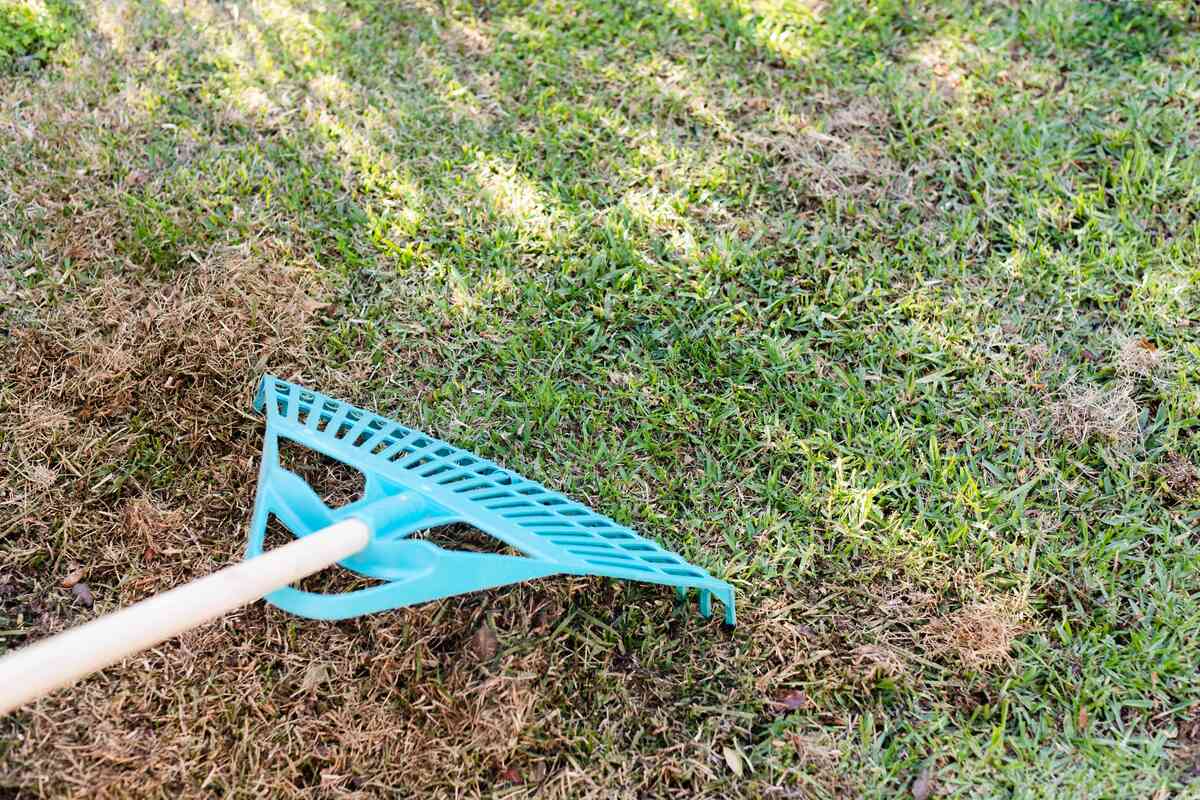
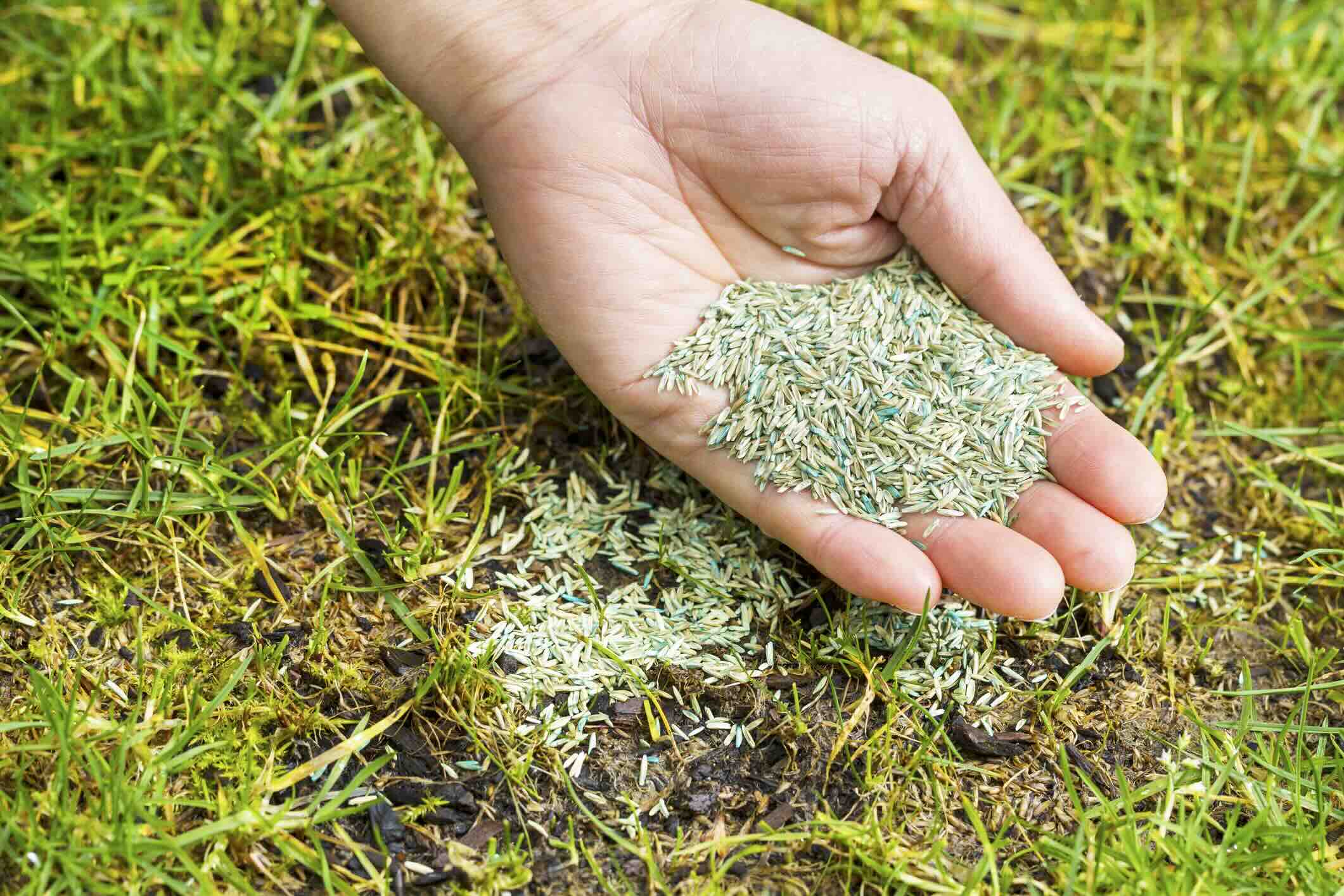
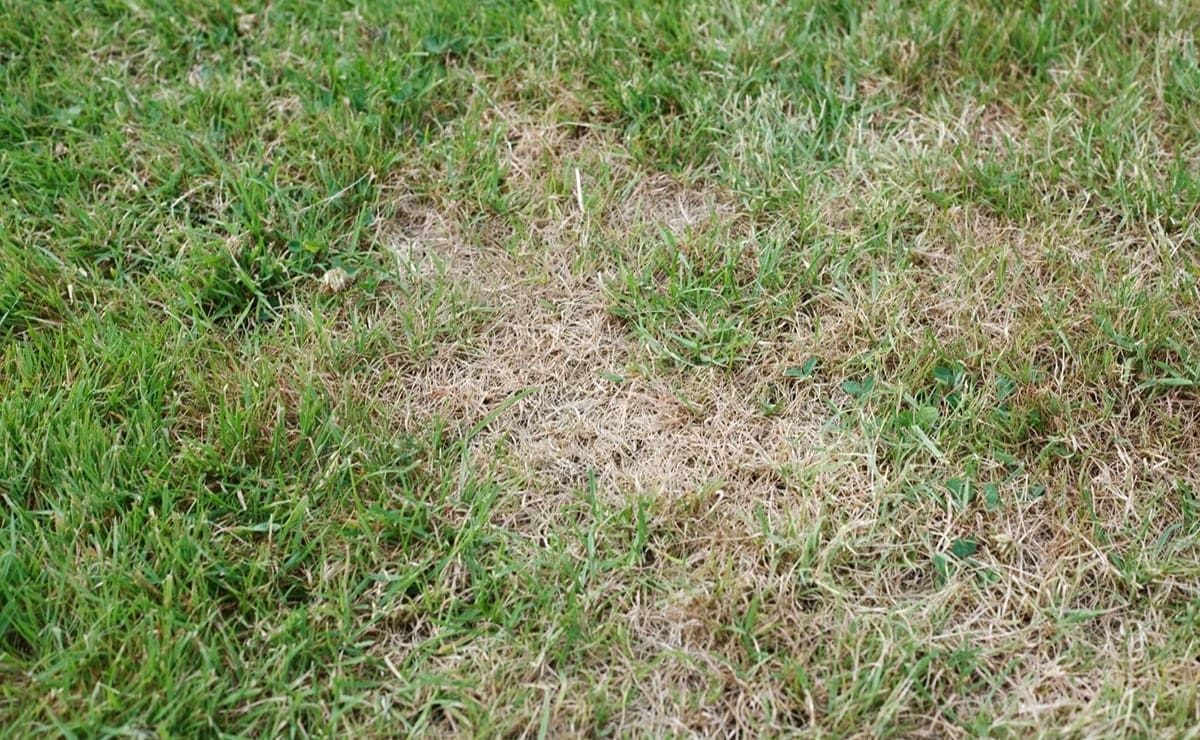
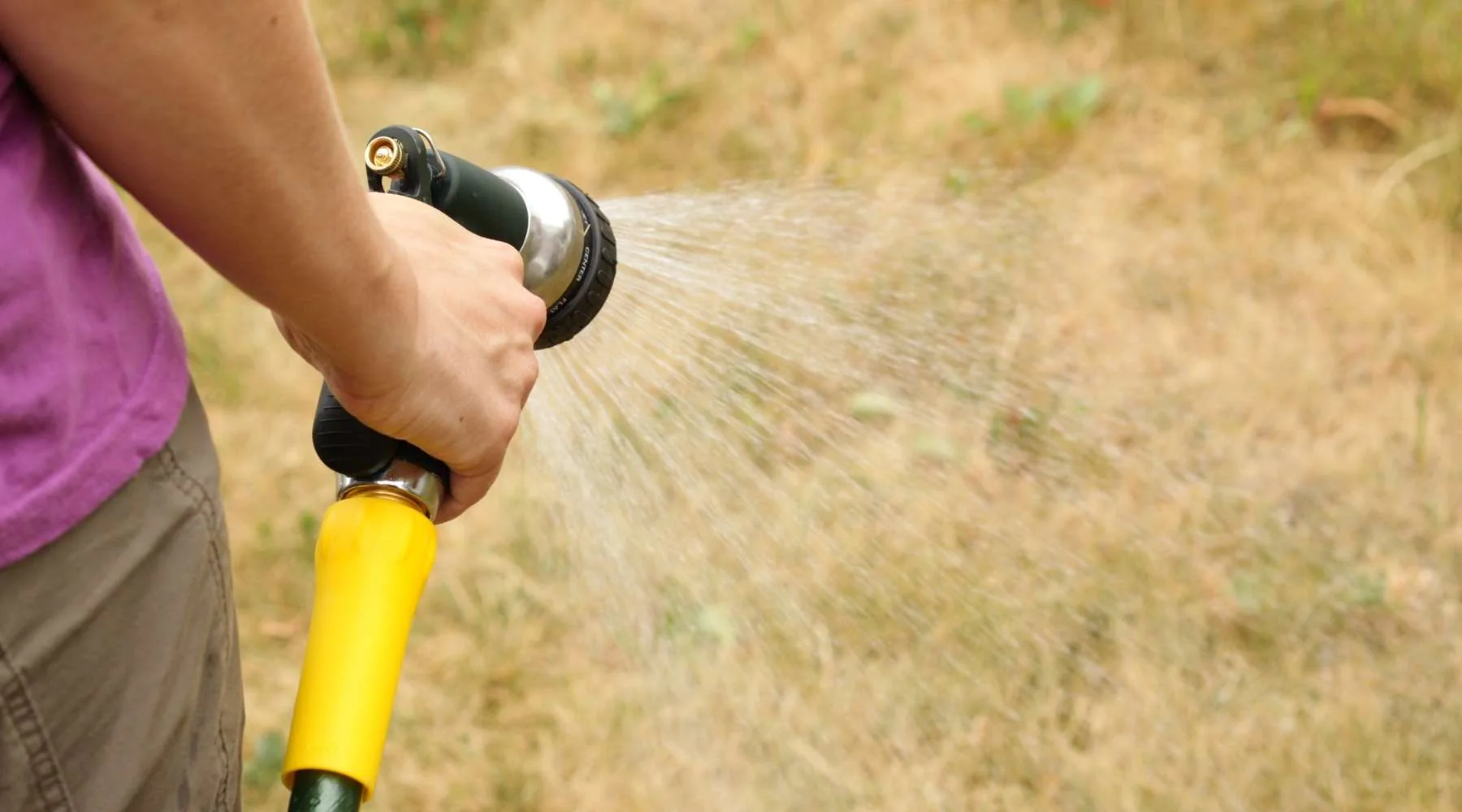
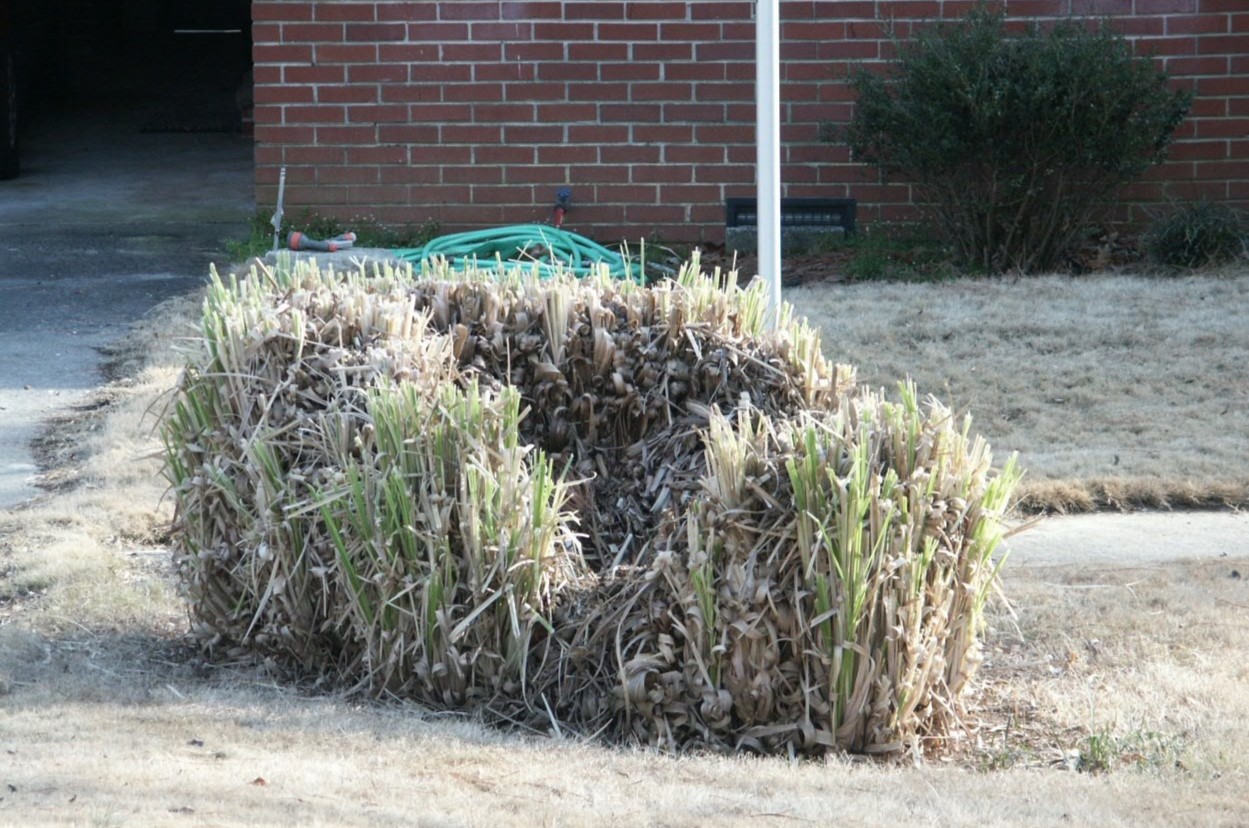
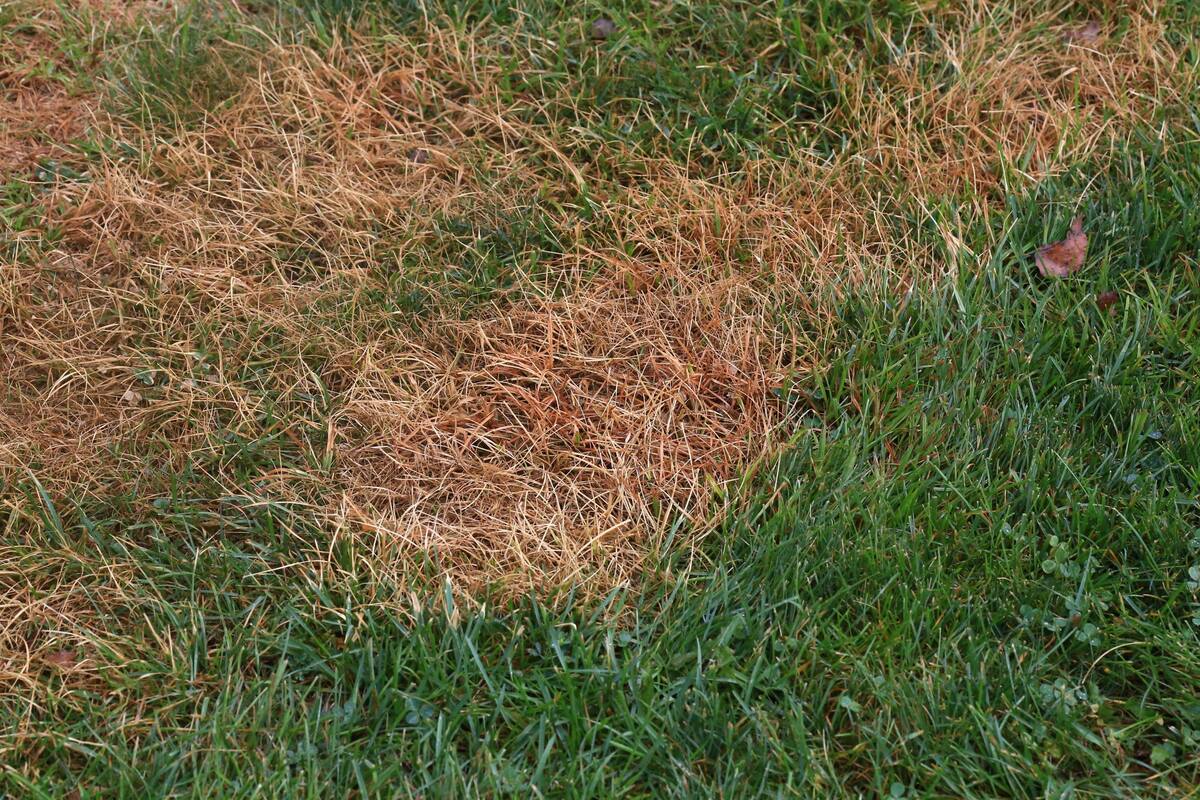
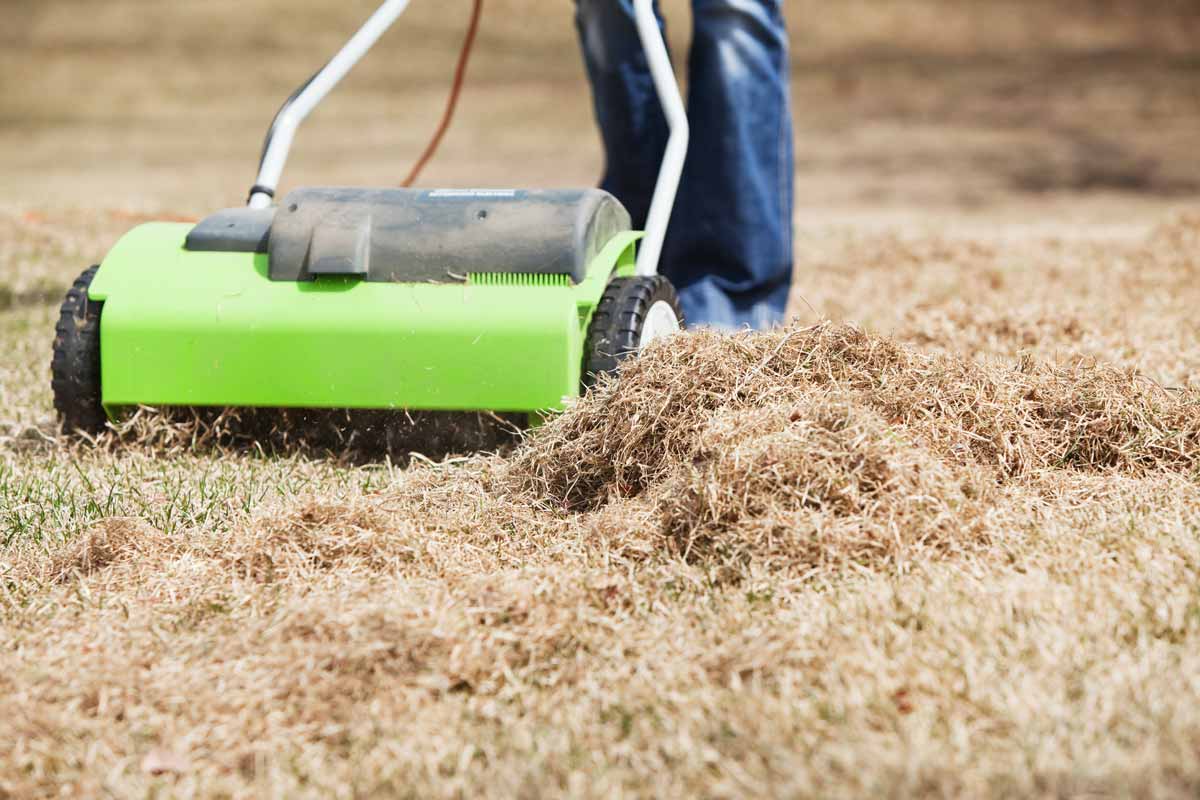
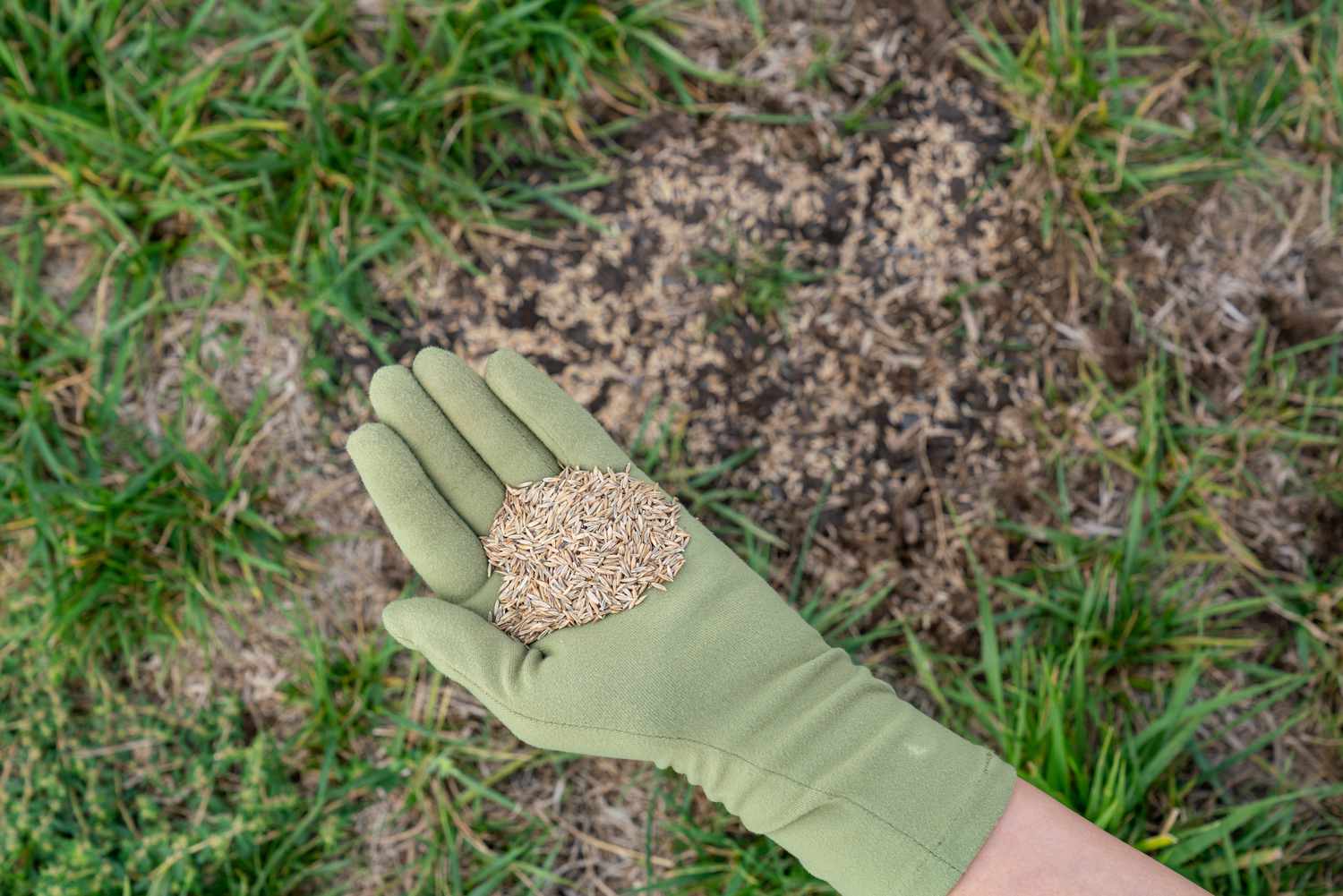
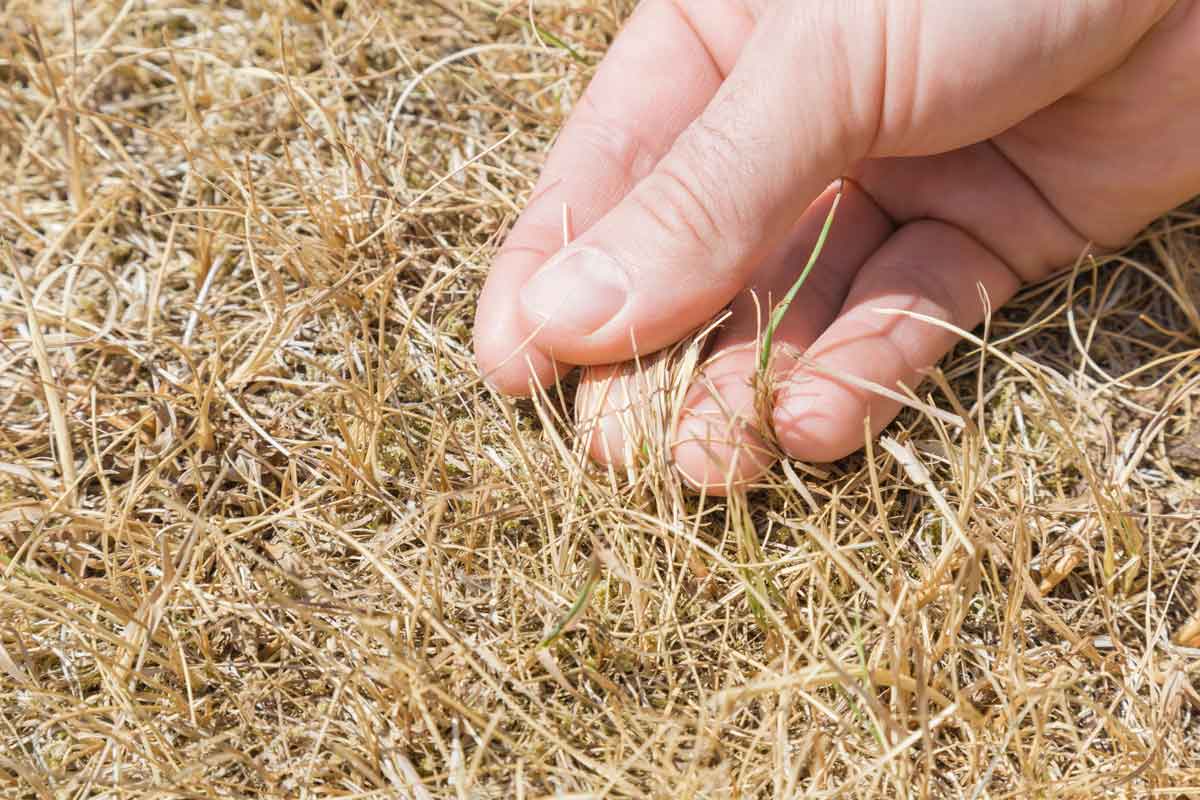
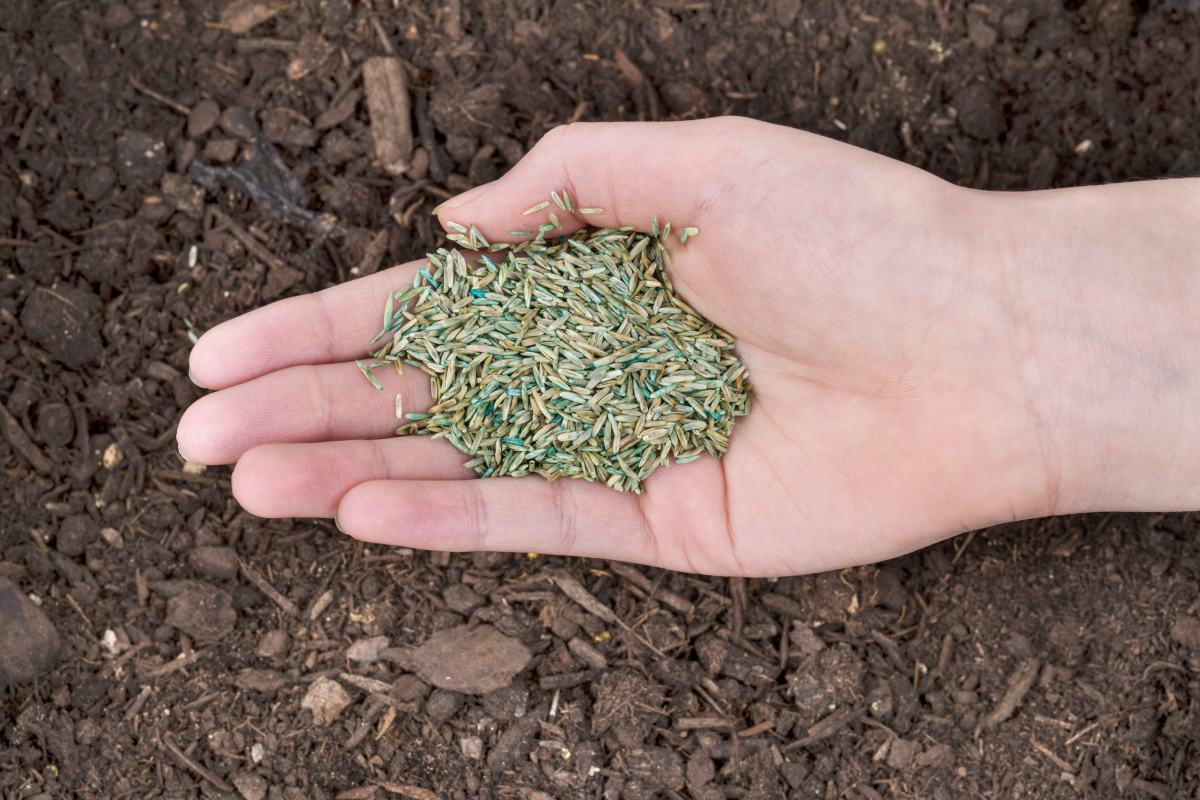

0 thoughts on “What To Do About Dead Grass Patches”